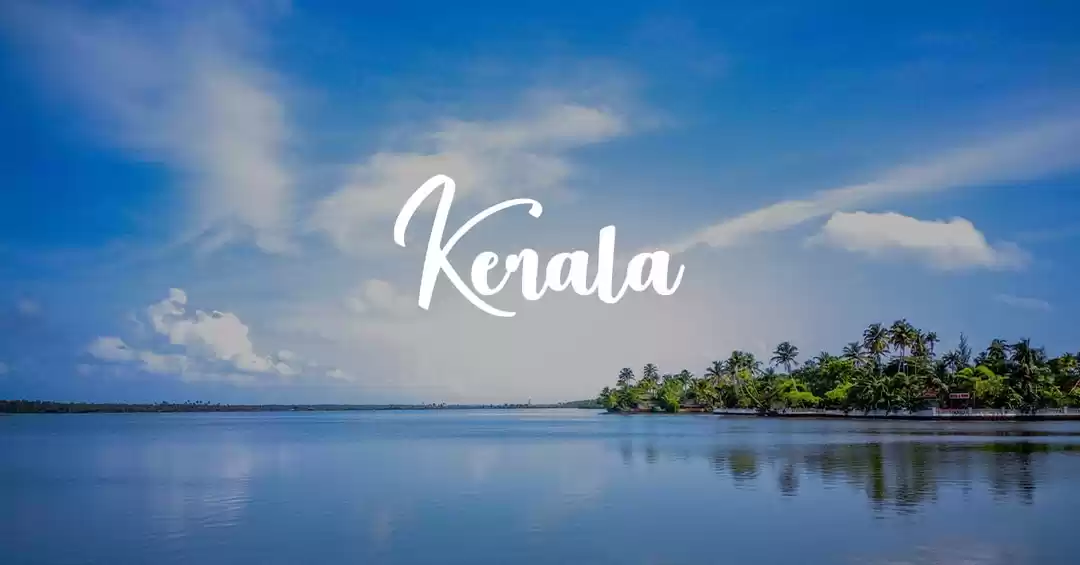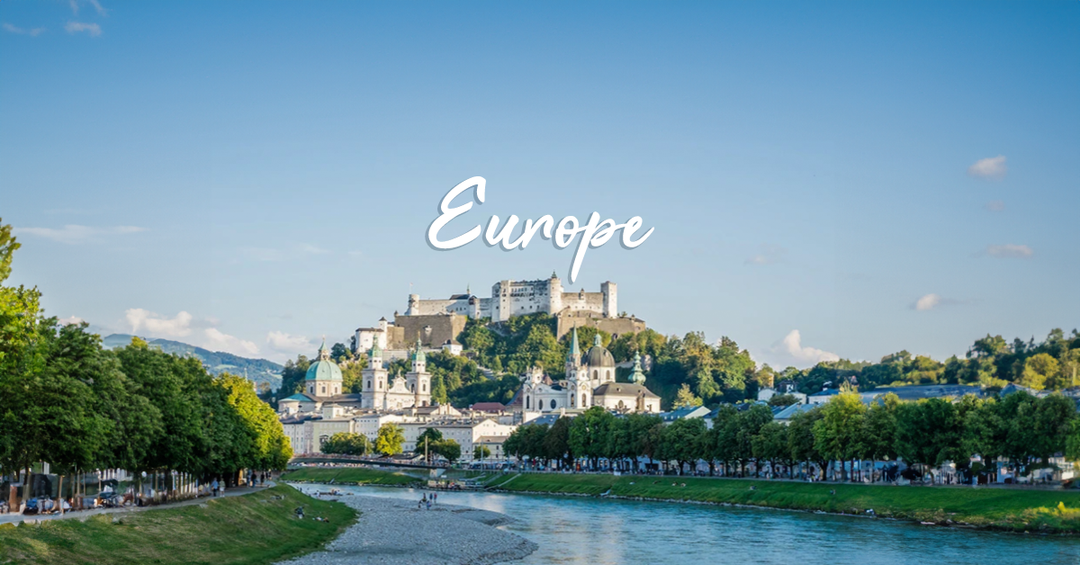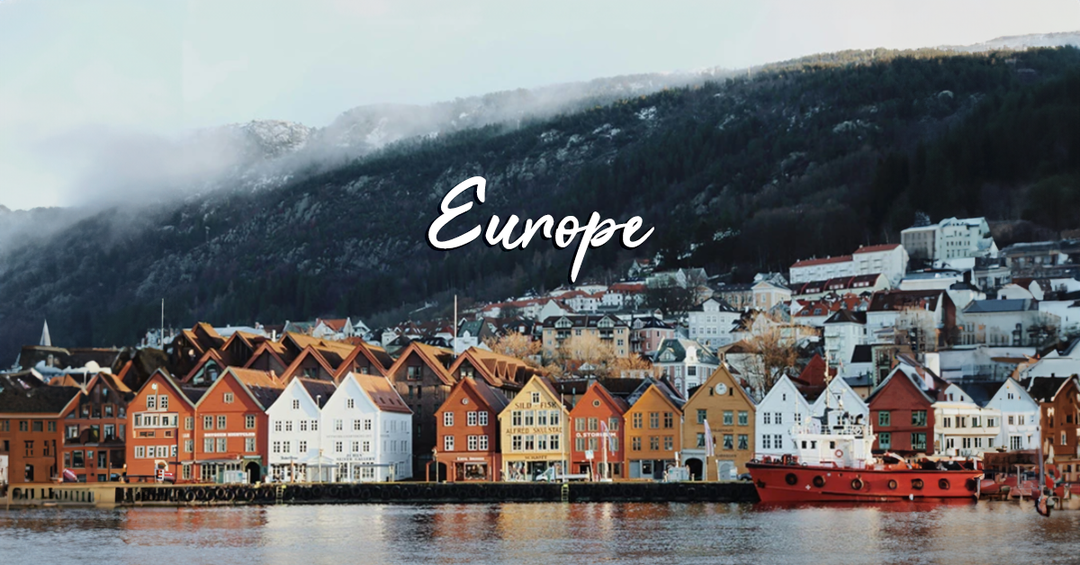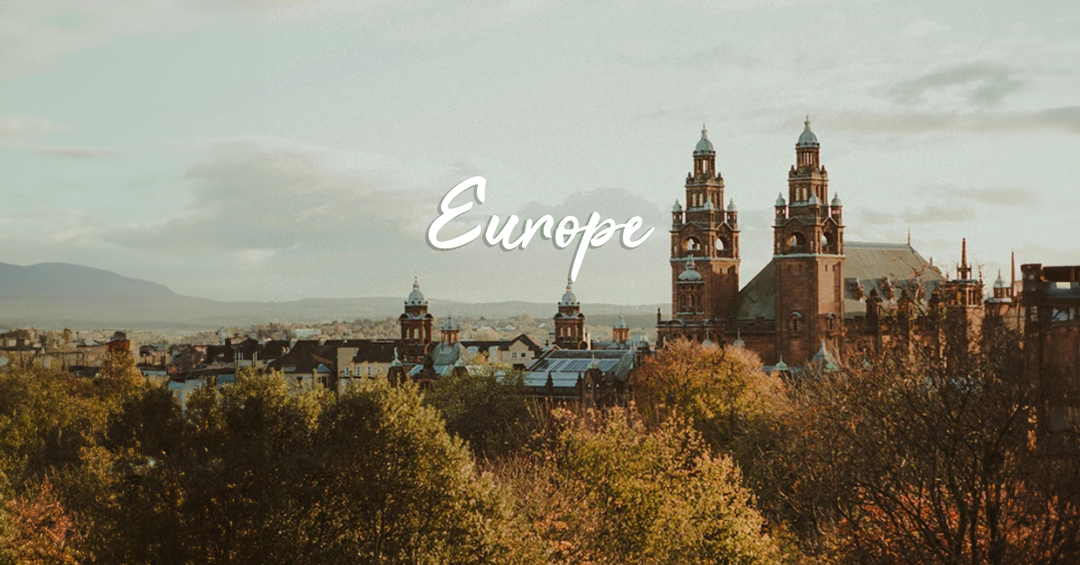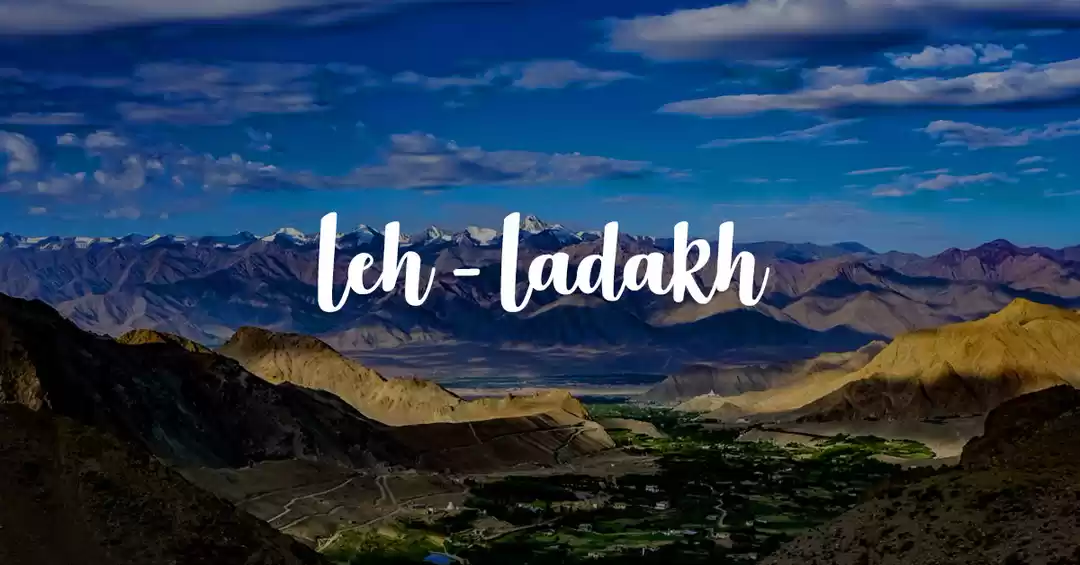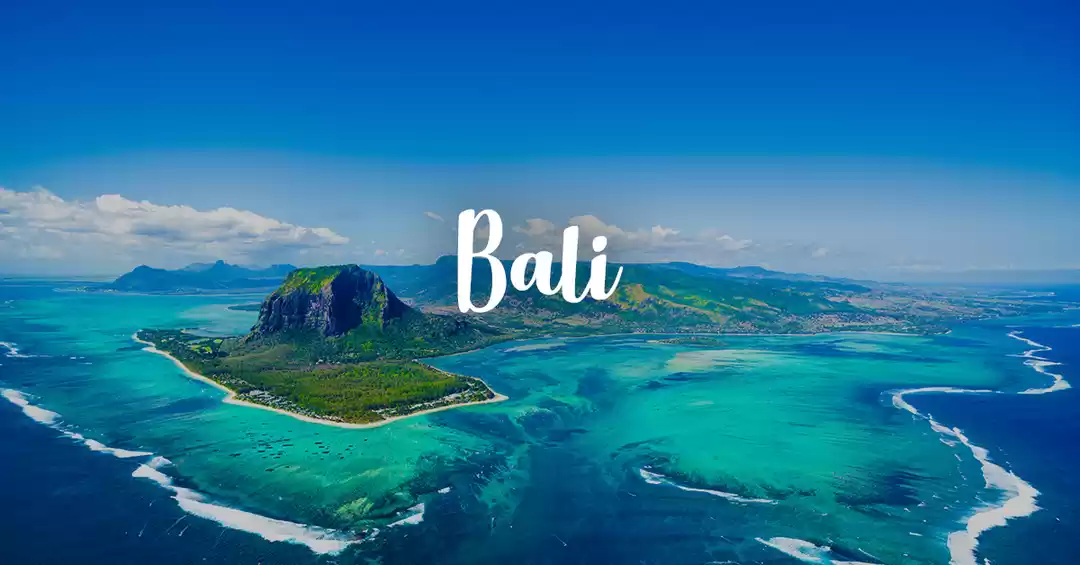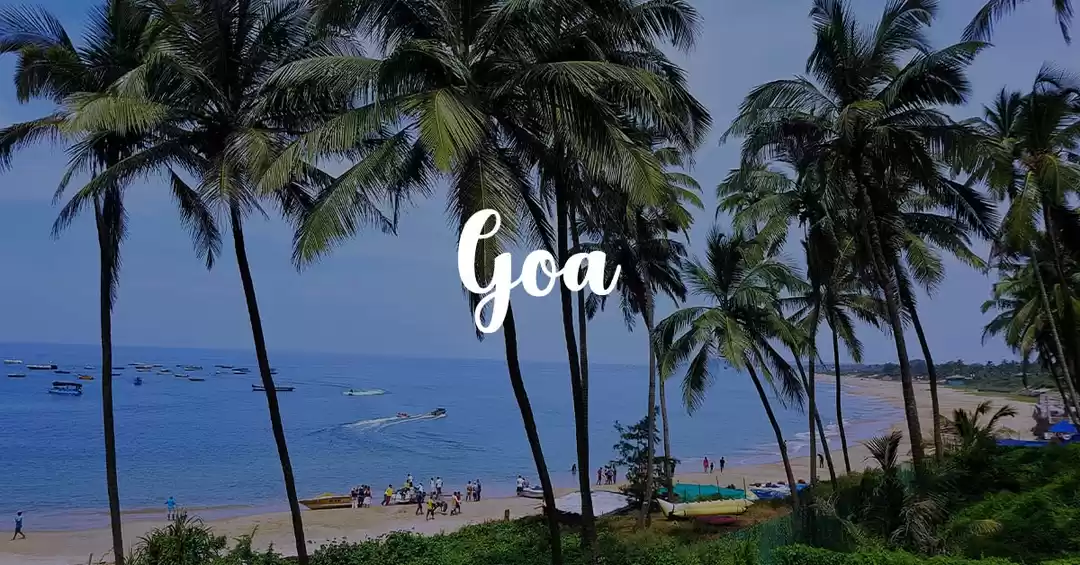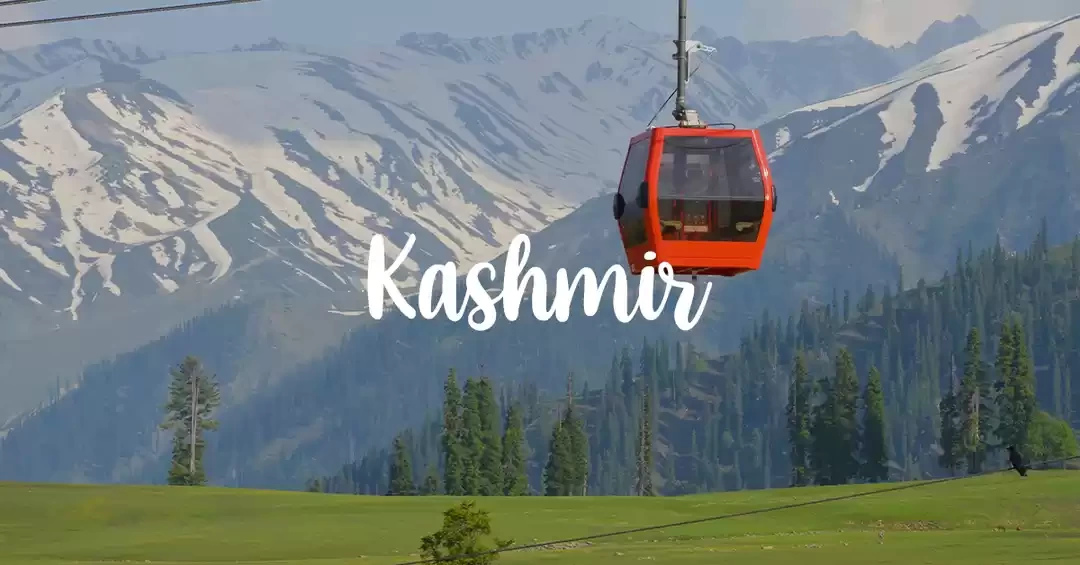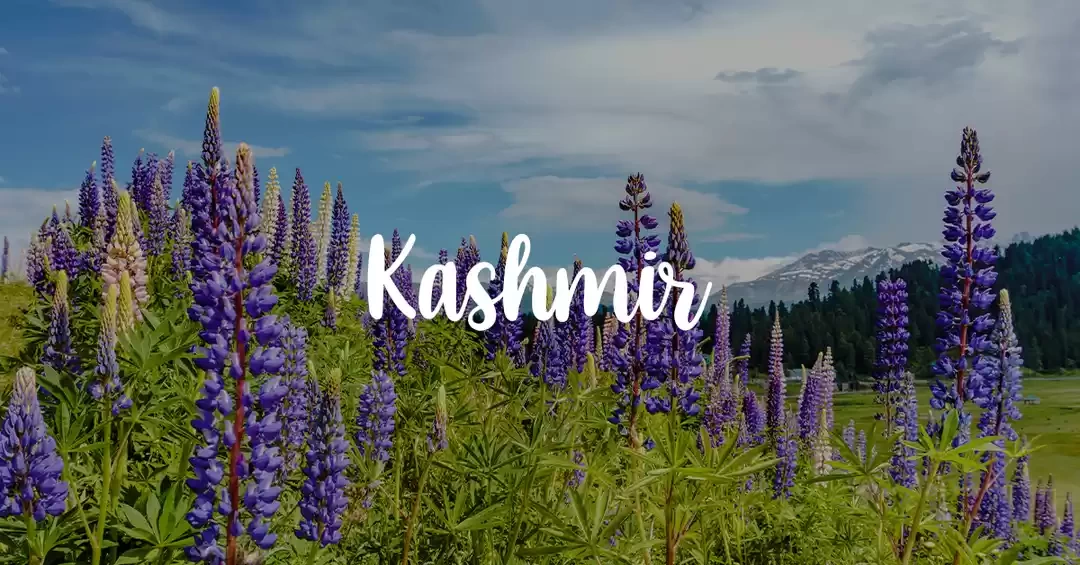Srinagar, summer capital of Jammu and Kashmir (J&K) amidst the beautiful and humongous mountains of Himalayas, lying on the banks of Jhelum river is a city ready to beguile you down into its beauty 24×7 and all the 365 days of the year. With houseboats, gardens and its natural pulchritude its pride, it also holds a significant importance for the Indian Defense Forces as it connects one of the 2 links connecting Leh Laddhak with rest of India. The other one is through Manali. In case you missed it, read Backpacking in Kullu Manali!
Jammu and Kashmir, due to its extreme weather conditions, has 2 capitals, Srinagar for summer season and Jammu for the winter season. During the change of season, entire state government moves to the new capital. Srinagar also holds status of being the largest city of Jammu and Kashmir.
With bright and sunny yet a cold weather in summers to the multiple layers of snow covering the entire city in winter, from clean and beautiful gardens to the cold frozen lakes this city carries its own charm and gives an ambivalent experience of staying in a hill station and also in a busy city altogether at a single time.
So below are some of my favorite to-do-things while you are in Srinagar
HOUSE BOATS IN DAL LAKE
Interior of houseboat
To begin with, I will take my favorite one: The house boats. These majestic, artistically built boats steadily floating on the waters of the lake contains an entire house set up inside them. Multiple rooms including dining hall, bed rooms, bathroom (with attached bathtub), terrace, they have everything a perfect house would have in it. These house boats have a winsome carvings on its walls. Bonny from outside, and snugged and comfortable from inside, these houseboats are definitely worth living in!
Imagine yourself living on a houseboat in a beautiful lake with misty and snowed mountains surrounding you, heaven! Isn’t it? I would suggest instead of staying in a hotel, one should definitely stay in these houseboats for at least a day to experience the beauty of heaven while you stay on Earth.
DAL LAKE
Dal Lake is the second largest lake of Kashmir and is also known as ‘Jewel in the Crown of Kashmir’.It is surrounded by boulevard of Mughal Gardens and you can see beautiful houseboats and colorful shikaras cruising in the lake. Its a vast sheet of water reflecting the carved wooden balconies of houseboats and misty peaks of Pir Panjal mountains.
One can witness the floating mass of flowers and vegetation on the lake, a floating vegetable market too! Elegance, beauty and calmness of the lake lures you down as soon as you see it!
During winter, due extreme temperatures, this lake freeze completely and one can play ice games on it, or sit on the lake and have warm brandy with your mates (all at your own risk!).
MUGHAL GARDENS
Nishat Bagh
A terraced type garden, built in 17th century by the elder brother of Nur Jehan, Asif Khan, it has 12 terraces with each terrace having a unique feature. A line of fountain run in the middle of these terraces and a walkway is constructed on either sides of these fountains. The water flow from one terrace to the next is over stepped stone ramps that provide the sparkle to the flow. These terraces are lined with Chinar and Cypress trees which start from the lake shore and end up in an artificial facade at the hill end.

As soon as one enters, the never ending terrace look with beautiful fountain running in the middle, Zabarwan Mountains in the backdrop, this garden leaves no chance to leave you spell bounded with its beauty. Its even more beautiful and elegant during sunset.
I still remember, the moment I entered into the garden, instead of looking the beauty first, my eyes, as a 11 yr old child went on the people playing in the waters of the fountain. I asked my mother, ” Can I play in there too?” and the moment she said yes, everything became invisible and non existent for me. It was just the water that I cared about! Not to forget, next day I had fever and then the old house story continued! So be careful while doing that!
Shalimar Bagh
It holds the credit of being the largest garden in the entire Kashmir valley. Built by Jahangir for his better half Nur Jehan, it has a 3 terrace structure and a main canal known as ShahNahar runs axially from top to the lowest point of the garden.
The first terrace is a public garden or the outer garden ending in the Diwan-e-Aam (public audience hall). In this hall, a small black marble throne was installed over the waterfall.
The second terrace has two shallow gardens. The Diwan-e-Khas (the Hall of Private Audience), which was accessible only to the noblemen or guests of the court, now derelict, is in its centre. However, the carved stone bases and a fine platform surrounded by fountains are still seen. The royal bathrooms are located on the north-west boundary of this enclosure. The fountain pools of the Diwan-e-Khas, the Diwan-e-Aam, and in turn, the Zenana terrace ae supplied in succession.
In the third terrace, the axial water channel flows through the Zenana garden, which is flanked by the Diwan-e-Khas and chinar trees. Shahajahan built a baradari of black marble, called the Black Pavilion in the Zenana garden. It is encircled by a fountain pool that receives its supply from a higher terrace.

This garden with Dal Lake in its background, chinar trees spread all over the garden and greenery at its best makes this garden worth a visit! A great place for a picnic with your friends and family.
Image how beautiful Nur Jehan would have been that 2 emperors got 2 of the most beautiful gardens made at the time when the word TECHNOLOGY was far from reaching the mankind! (As a matter of fact, Mughals had a lot of gold!)
Chashme Shahi
Its again a garden but built around a spring by Mughal emperor Shah Jahan as a gift for his elder son Prince Dara Sekhon. Its the smallest of the three. The artistically build garden has Iranian influence in its art and architecture and the design is based on the Persian gardens. It is built around a fresh water spring, which flows through its center in terraces. The topography and the steepness of the land has led the formation of the garden. The main focus of the garden is the spring which flows down in terraces and is divided into three sections: an aqueduct, waterfall, and fountains.

SHANKRACHARYA TEMPLE
Situated on top of Shankracharya hill on Zibarwan Mountains, it rests on a solid rock. A 20-foot tall octagonal base supports a square building on top. The terrace around the square temple is reached by a stone staircase enclosed between two walls. A doorway on the opposite side of the staircase leads to the interior, which is a small and dark chamber, circular in plan. The ceiling is supported by four octagonal columns, which surround a Basin containing a Lingam encircled by a snake.

Its just like those Hindu Chinese movies where the camera shows the snowy Himalayan mountains and out of nowhere, focuses on a house merely standing on a rock at the pinnacle of the mountain.
Climbing around 300 stairs, reaching the top is an experience in itself and the view from the apex is the one which you would definitely want to capture in your heart and cherish it for rest of your life.
PARI MAHAL
Also known as Angel’s Abode is a seven terraced garden located on top of Zibarwan mountain ranges. It was made in 1600 by Mughal Emperor Dara Shekhon. It served as a library and a transit place for him. One can witness beautiful green mountains covered with Devadar trees on one side and Dal Lake and Srinagar city on the other!

Srinagar is truly a mesmerizing place for people who appreciate the natural beauty and are fond of the calmness and quiet attitude of the nature in these type of hilly regions. Srinagar has seen it all from militancy to natural disasters like floods, despite that it has continued to maintain its charm of being the one of the most beguile places in the world.
This is not the end of it! There is a reason why Jammu and Kashmir is known as ‘Switzerland of India’ and through my ‘Call of Himalayas’ series, I will try to tell you the reason that why is it called so! So stay tuned for the next parts which will cover Gulmarg, Sonamarg, Jammu, and many more places.
This post was originally published on Great Indian Voyager.



